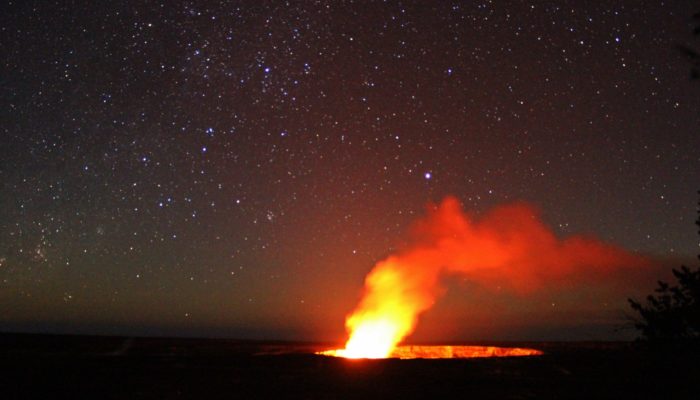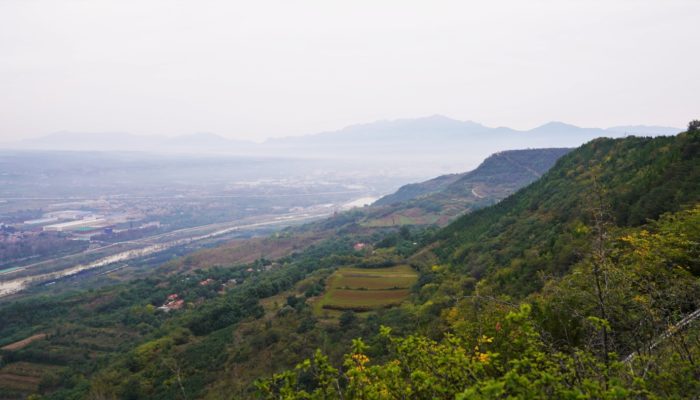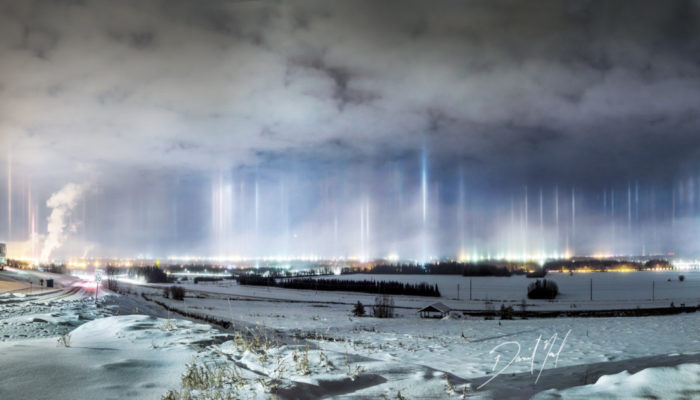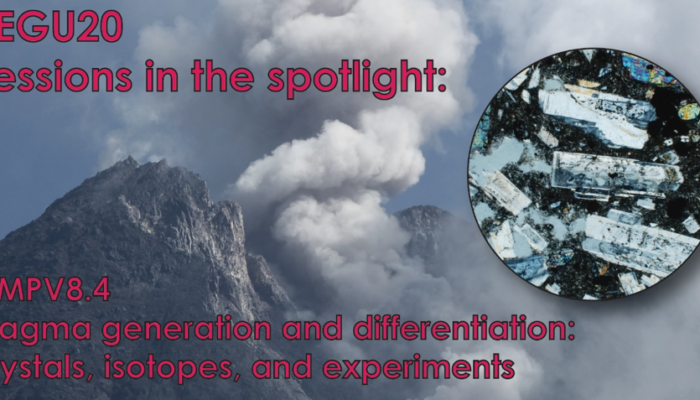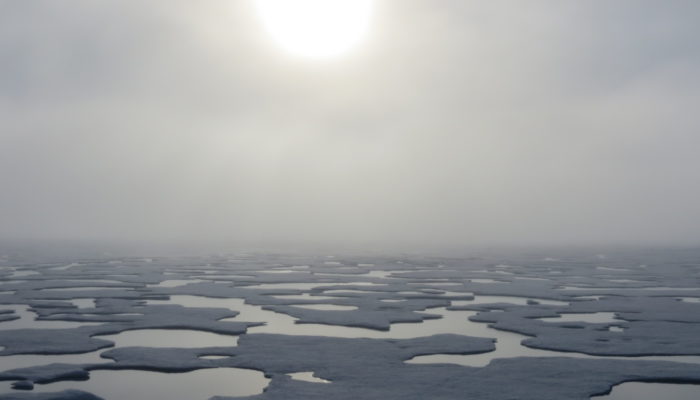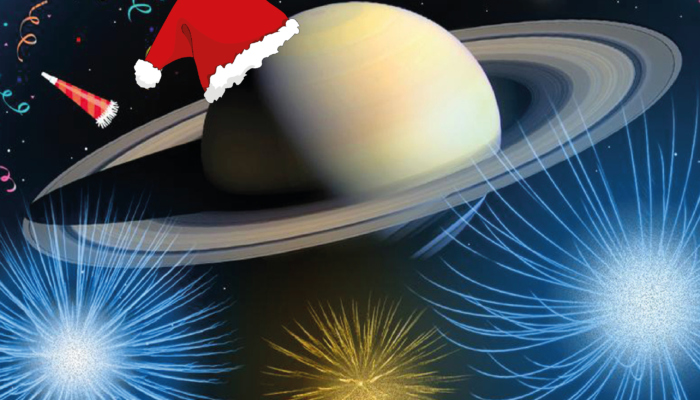Less than one month left for the EGU 2020 abstract deadline on January 15. Today we highlight two sessions of BG 5 – Geomicrobiology, extreme environments on Earth and planetary analogues. First, BG5.1: Biology and Geology of extreme environments on Earth and planetary analogs. This session is convened by Monica Pondrelli, Jessica Flahaut, Frances Westall, Helge Niemann and Barbara Cavalazz ...[Read More]
Seismology
Merry Christmas!
Biogeosciences
EGU2020 BG Sessions in the spotlight: Methane
The EGU 2020 abstract submissions are open until January 15. Here, we’ll highlight the planned biogeosciences sessions. Stay tuned and find the session for your abstract! Today’s focus is on Methane. Methane, a potent greenhouse gas, is steadily increasing in concentration in the atmosphere, prompting fears that it could scupper our chances to meet the global climate targets. But given its relativ ...[Read More]
Stratigraphy, Sedimentology and Palaeontology
Workshop on planning of the Weihe Basin Drilling Project: Cenozoic tectonic-climate interactions – in Xi’an, China
From climate to drilling technology – international participants of the workshop for planning the ‘Weihe Basin Drilling Project: Cenozoic tectonic-climate interactions’ covered a wide range of topics. In Xi’an, Institute of Earth Environment, Chinese Academy of Sciences (IEECAS) invited an international team of researchers to discuss a possible International Continental Scientific Drilling Program ...[Read More]
Cryospheric Sciences
Did you know about… nature’s street lights for Santa Claus?
Only a couple of days left until Santa Claus’ big night! Once again the beardy guy in the red and white suit will fly around the world with his sledge pulled by his strong reindeers to make young and old children happy! But how does he navigate in the dark? Luckily, nature provides some solutions, for example light pillars… Light pillars form when ice particles are suspended in the air. These part ...[Read More]
Geochemistry, Mineralogy, Petrology & Volcanology
#EGU2020 sessions in the spotlight: Magma differentiation: crystals, isotopes, and experiments
Today in the #EGU2020 sessions in the spotlight series (our last one before the holidays!), it’s GMPV8.4’s turn: Magma differentiation: crystals, isotopes, and experiments, organised by Frances Deegan (Uppsala University), Ben Ellis (ETH Zurich), Carmela Freda (INGV Rome) and Valentin Troll (Uppsala University). Keynote speaker: Marian Holness (Cambridge University). Crystals that grow in magmatic ...[Read More]
Biogeosciences
EGU2020 BG Sessions in the spotlight: Biogeosciences’ past achievements and current challenges
The EGU 2020 abstract submissions are open until January 15. Today we highlight two of the more general BG-sessions for those of you working with big questions linking biology and geology, current and past. First, BG1.13: Past achievement and future challenges of Biogeosciences. This session is convened by Giuliana Panieri, Ariel D. Anbar, Hiroshi Kitazato and Kurt Konhauser. The convenors ...[Read More]
Geochemistry, Mineralogy, Petrology & Volcanology
#EGU2020 Sessions in the Spotlight: Fluid-rock interaction: Kickstarter of metamorphic, deformation and geo-engineering processes
Do you like thinking about fluids? Do you also like thinking about rocks? How about fluids and rocks together? If you answered yes to all three of these questions, then here are two suggestions. The first is to ask for a set of these whiskey stones for Christmas (or, even better, just find some talc-schist and put it in the freezer, and marvel at the ability of a kitchenware company to charge so s ...[Read More]
Climate: Past, Present & Future
Seasonal Greetings
The anticipation is rising, the offices smell of gingerbread and cookies, papers get written to be done just in time for Santa and his elves. Everyone is happily stressed these days working on the perfect Christmas presents, but then… aah, what to present at next year’s EGU? Which session to attend? This is a friendly reminder of the abstract submission deadline at 15th January. Read up on how to ...[Read More]
Geodynamics
We wish you a Merry Christmas!
After continuously writing and commissioning blog posts for months on end, the EGU Geodynamics blog is taking a well-deserved break. Like you(?), we will spend our Christmas holidays relaxing and – most importantly – preparing for another exciting blog year ahead. We will be back early February with our New Year’s resolutions, but until then, we will leave you with some Christmas ...[Read More]

